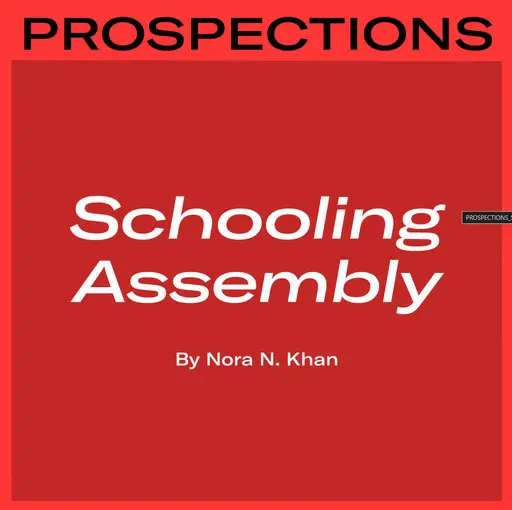
Author(s)
Nora N. Khan
“Schooling Assembly” by Nora N. Khan traverses a year of pandemic teaching, in which faculty and students have witnessed widening cracks in the university system and its human opportunity cost calculations, and have faced new challenges in asserting creative and collective autonomies.
Rather than cataloging these horrors again, Nora N. Khan instead recounts the types of moments that have been generated while teaching art students under the strain of regulations, sickness, and lockdown. The text focuses on the elemental kinds of assembly and solidarity that are possible in a classroom and virtual environment, and elegantly shows how criticality can be taught as a means for creating collective imaginative power inside and outside of the classroom.
There were moments of brief strain in which the horror of the situation broke through; the outside world’s weight bent the limits of what the room could keep out. The narrative of security unfolds across testing dashboards. Numbers are forever being gathered. Through a window, a brief glimmer of brimstone falling. There is always the ugly knowledge of the institution’s priorities; most of us teaching couldn’t get a test, we were informed, unless we taught three classes. I felt having over 36 students seemed a fairly good variable for an opt-in test, but I was repeatedly shown to be wrong. Worthiness on a sliding scale.
2.
In other words, the university has not collapsed. Under strain and fear of unemployment, contracts are signed. The university goes on because its workers collapse and fold from the stress of carrying it. One lectures on critical values in a place that forecloses their practice and mobilization.
The question becomes, how does one make space to speculate on radical futures based on abolitionist tradition while also being used as tinder for a bonfire? It seems that the costs—psychological, emotional—of such profound precarity heighten the urgency of the words of the greats in liberatory traditions. One reads Audre Lorde, Sara Ahmed, Fred Moten, and Franz Fanon—thinkers whose poetics and ideas are meant to be lived, enacted—to inform gathering along affinities, to inform assembling, and to school on true assembly while within the institution.
The critical reading turns from the text to the foundations we are sitting upon, the edifice, the infrastructure of the institution. The texts are filters, magnifying glasses, to read closely the structural and conceptual designs that keep meaningful assembling from taking place: the locks, the veils, and the poor lighting. Soundings that locate where assembling can take place. I spend a good amount of analytical faculty on the illogic of the institution, in order to locate where to spend energy and emotion. Critique can’t afford to be bloodless, remote, or clean. It is a heavy investment of love and care. We gauge the limits to gather beyond them.
The close-read is most vital, at this moment, in culturally-committed institutions, in institutions speaking a very good progressive game, releasing precisely edited, vetted statements, making carefully positioned hires for justice. Good-guy ventures need the closest reading. Can they enact, internally, the values around communing that they state publicly? Can the institution support the new hire, and move to give them space, or will the hire burn out, isolated and depressed? Is equity distributed, and equally so, between the people who build the assembly day to day? Such close readings help one understand whether radical assembly will come at great individual cost, and, further, how labor will be distributed, carried, and acknowledged, or not. This reading requires wild movement, wild collective speculation, wild future-casting to foretell and imagine oneself into assembly precisely where one was previously incapable of imagining such a possibility. Many times over the past few years, I have heard young activists and students vocalize the nuances of the gaslighting mind-fuckery of living within and around institutions. Each time, I marked how their precise vocalization created a collective around what I had always denied, minimized, or shoved down, finding no one to believe me or see me. I marked how this collective had never been imaginable to me until they spoke; in this very possibility of imagining is the start of teaching assembly.
3.
The work of learning how to assemble is speculative work. “I believe all organizing is science fiction,” says writer and facilitator Adrienne Maree Brown, drawing heavily in her own practice on the thinking of visionary novelist Octavia Butler. 1 Pandemic aside, the ways in which we can assemble, our places of meaningful gathering, have been weakened over decades. Learning to assemble becomes science fiction, then, when our lives are stories of increased atomization and long stretches of often profound personal desolation. We imagine ourselves into our futures and imagine forms of assembly where we see no one assembling, where we have seen the same four people for months, where we can barely remember the feeling of laughing with other organizers. The distant memories of assembling fuel the hope for it in the future; this speculation about future thriving is necessary for cognitive survival. 2
4.
Teaching online can activate the sharpest tactics for gathering. Consider teaching as assembly work, or specifically as speculation on assembly. The conversations, if facilitated well, are more direct. A sense of ephemeral yet shared locality becomes rooted in the feeling of the room. There is weird temporary solidarity. Pausing before speaking, negotiating the stage, we choreograph our positions in relation to each other. People who talk too much can feel their voices stretch and swell and weigh heavy on the space. We learn to get to the point. Live editing. There are rough critiques, temperatures taken of shared affinities or, the best tell, silence. The silence is a sign, prompting a reposition on delivery. It becomes necessary for us to be activated around ideas shared in these strained spaces. It is not enough to just speak of our ideas, but to speak through them from each of our little fiefdoms, in order to imagine a third space between us in which we will meet down the line.
5.
This year, I have found that my favorite methods of speculating toward collective futures are best activated in classes and seminars on simulation. We take up simulation as a literal form of predictive, future-facing activation of models, to produce a reality. As a group, we negotiate between our respective mental models. The class combs through the many models of the world. First, of disease, then, of how a city should be organized, how people will traverse it, how neighborhoods are re-mapped for property lines to be redrawn, and of how people cross the border. Working virtually, we can better articulate work through our own mental models (a form of virtual anticipation). In exercises, we co-create simulations and meet each other in them. The prompts ask the group to imagine how their avatars and models would interact in this world, how they would resolve conflicting values and disagreements over resource distribution. They must imagine their avatars’ driving desires. The group develops, in this oblique imagining, a deeper understanding of the unspoken motivations of others.
6.
These co-created virtual spaces are strategically made areas of study, as Fred Moten and Stefano Harney have conceived and developed the term over many years. 3 Their concept of study allows for acknowledgement that one is not going mad from the general madness of an oppressive university structure. Study also helps one conceive of forms of critical resistance that might not be immediately legible to the institution. Study allows one to find kin. Study is where we are reminded of life beyond the university, the life that must continue on outside and that goes on no matter the terms of critical engagement. It is unsurprising that study is woven into the mission statements of so many alternative spaces and schools.
When we take the university as a business, as an asset portfolio, then the half-clues and hunches in the vast in-between spaces of study wither before the demand of debt to the school. The need to get a return on investment means the studio and access, the things one pays for or needs to be given, but further—and this is less discussed—the learnings and skills gained through ambient spaces that are not immediately legible or valuable. These tend to fade from the story of what school is for. When poetic, beautiful, and rousing critique does not change the university, then we have a case of the intellectual bleeding “the university in order to keep alive what we would kill,” as Moten and Harney write in the university: last words.[4] In that same piece, they also write, “Fuck office hours, classes and exams, all of which are serial and simulated monogamous situations for the enactment of the weak abusive power of the professor and the strong abusive power of the university. They are tools of necessarily degraded and degrading identification, and sometimes counter-identification, with faculty, with administration and, ultimately, with the university.”
How do we avoid perpetuating the “weak abusive power” of professorial roles? We have to hedge our own desires, defaults, and presets toward surveillance, tracking, metrics, control, and a love of refined performance and evident brilliance. We have to check the rising frustration with those who abandon the course for their own way—those who refuse to get on with business as usual.
7.
Aims: to both enact critique and form coalitions for survival through ongoing crisis; to notice that naming gestures toward change as “gestures” misdirects us from demanding foundational movements; to count the ways art education spaces teach one to be adept at speaking on change and accumulating cultural capital that looks like change; to identify the pleasure of that performance, and to identify it within ourselves as we assemble; to tap fingers along the stone walls, listening for hollow parts.
Critique as assembly work means to take claims and arguments for divestment up as a form of restorative justice. Imagine taking the stakes of criticism up with deadly seriousness. I imagine a critic tackling art school critique as a space that enacts epistemic violence, a psychological minefield for those not of a homogenous or dominant class. The critic articulates the foundation of protocol and of the standards bleeding through offhand comments and effacing judgments. They question the assumed neutrality or objectivity or purity of the classroom and of any thinker in it. I see more students and colleagues rejecting the values of perfection, mastery, and brute high-level production at all costs of one’s personal and mental health.
8.
The fractures that are clear in this moment are not only “of this moment,” or of this year. These spaces and worlds have been formed and crafted online in virtual space for decades, informally. Now is the time to formalize these methods and proliferate the ritual tools for setting space and “doing the work,” as they say, together. This pandemic year allows for us to divest from insidious expression of technocracy, Enlightenment progress, and the consumer mentality that shapes art education. Students and teachers alike might address the intellectual and spiritual debt they have let accumulate in their lives. Theories of design speculative fictions must go hand in hand with a clear understanding of labor and capital and debt accumulation. By assembling in online bubbles, simulations of the university can be recoded and its parameters and inputs can be tweaked. For the dataset of American universities, one knows its expressions to be shaped by ill-gotten resources with state violence at its core. And so its online model, its threadbare simulation, might best concern itself with crafting strategic ways to dismantle the university. Why should the university continue as it is, and not instead ensure its own deconstruction?
The assembly happens here: in listening for those tender, half-formed ideas that students bring forth and which need protection before being wiped away by doubt. The teacher’s work is to listen carefully, to use critique to reflect their experience back, and to help frame and create a wide berth to think within. There are so many ways to be intelligent which need more accounting for. Hear their voices and try to discern between notes of distress and confusion, uncertainty, and the desire to cut and run. Affinity is found through self-aware therapeutic dialogue between student and teacher, as much as through parsing text. One can exercise embodied and future-facing intelligence by assessing risk, assessing the infection, and finding where the university’s words fall short. Assembly: to exercise the intelligence of doubt, and the intelligence of spotting the gaps between lies and possibility.
1 Quoted in “All Organizing is Science Fiction,” an interview with Adrienne Maree Brown, by D. Sands. Fifth Estate, #394, Summer 2015. Found at: https://www.fifthestate.org/archive/394-summer-2015/all-organizing-is-science-fiction/
2 Alain Berthoz details in his The Vicarious Brain, Creator of Worlds (Cambridge: Harvard University Press, 2017), the mind’s capacity to simulate future selves, or oneself in the future, and the necessity of this act for our ability to navigate through the day, complete tasks, create complex communities, and survive difficult circumstances, scenarios.
3 Fred Moten and Stefano Harney developed and expounded upon their notion of study at length in The Undercommons: Fugitive Planning & Black Study, (Wivenhoe: Minor Compositions, 2013). For an interview with Fred Moten in which he describes it, please see “Fred Moten’s Radical Critique of the Present,” by David Wallace in The New Yorker, from April 30, 2018, and found online at: https://www.newyorker.com/culture/persons-of-interest/fred-motens-radical-critique-of-the-present.
4 Moten and Harney released this text as a reflection, in part, on the impact of the Undercommons and its arguments about the university on a decade of activists and thinkers, as part of the FUC 012 Lecture Series, found at: https://www.youtube.com/watch?v=zqWMejD_XU8&feature=youtu.be.
Related

“Schooling Assembly” by Nora N. Khan traverses a year of pandemic teaching, in which faculty and students have witnessed widening cracks in the university system and its human opportunity cost calculations, and have faced new challenges in asserting creative and collective autonomies.
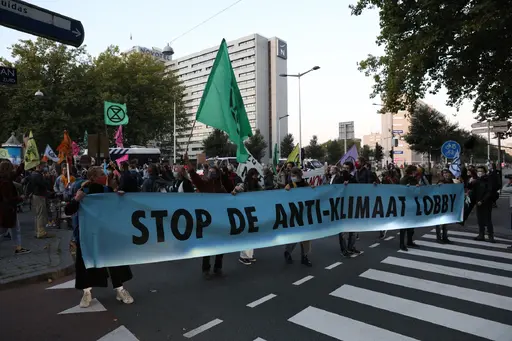
Extinction Rebellion (XR) entered the spotlight in late 2018 with a call for mass disruptions, followed by a first wave of actions which saw thousands come together to block major bridges in London.
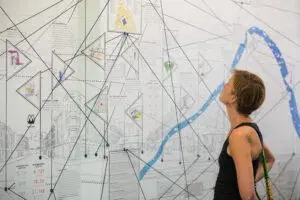
This diagram by artist Jeanne van Heeswijk depicts the story of Freehouse Radicalizing the Local, a project focusing on the struggle for the right to live well in the Afrikaanderwijk neighborhood of Rotterdam.
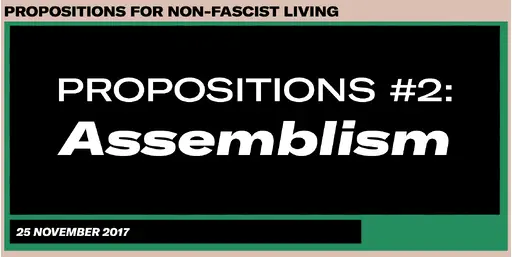
The gathering Third Assembly: After the Assembly took place as part of the daylong program Propositions #2: Assemblism, convened by BAK and artist Jonas Staal on 27 November 2017.
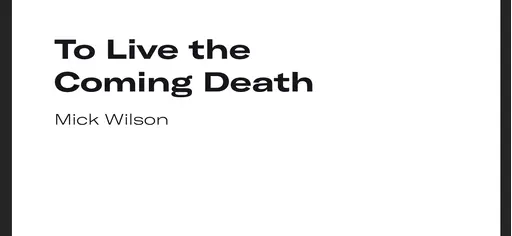
From: Propositions for Non-Fascist Living: Tentative and Urgent, Maria Hlavajova and Wietske Maas, eds. (Utrecht: BAK, basis voor actuele kunst and Cambridge, MA: MIT Press, 2019), pp. 165-179
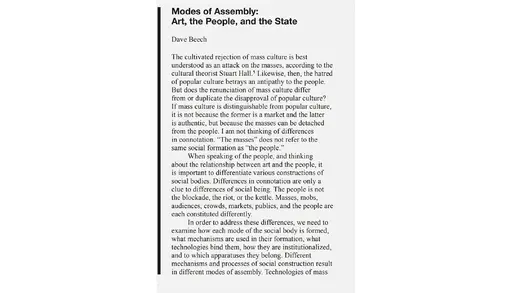
From: FORMER WEST: Art and the Contemporary After 1989, Maria Hlavajova and Simon Sheikh, eds. (Utrecht: BAK, basis voor actuele kunst and Cambridge, MA: MIT Press, 2016), pp. 559-569
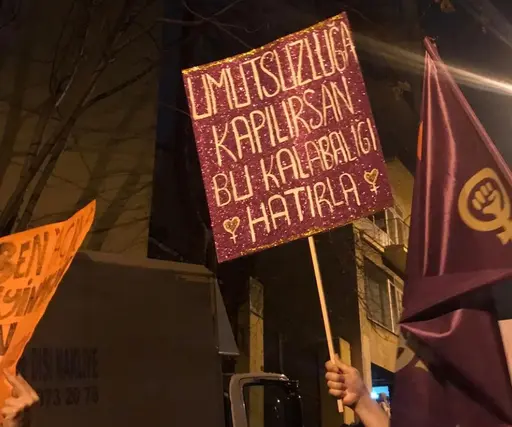
"We were in the streets for the Feminist Night March on 8 March, exactly three days before the first Covid-19 case was officially declared in Turkey..." Read the translation of an essay originally published in Turkish on 1+1 Forum, 30.04.2020.